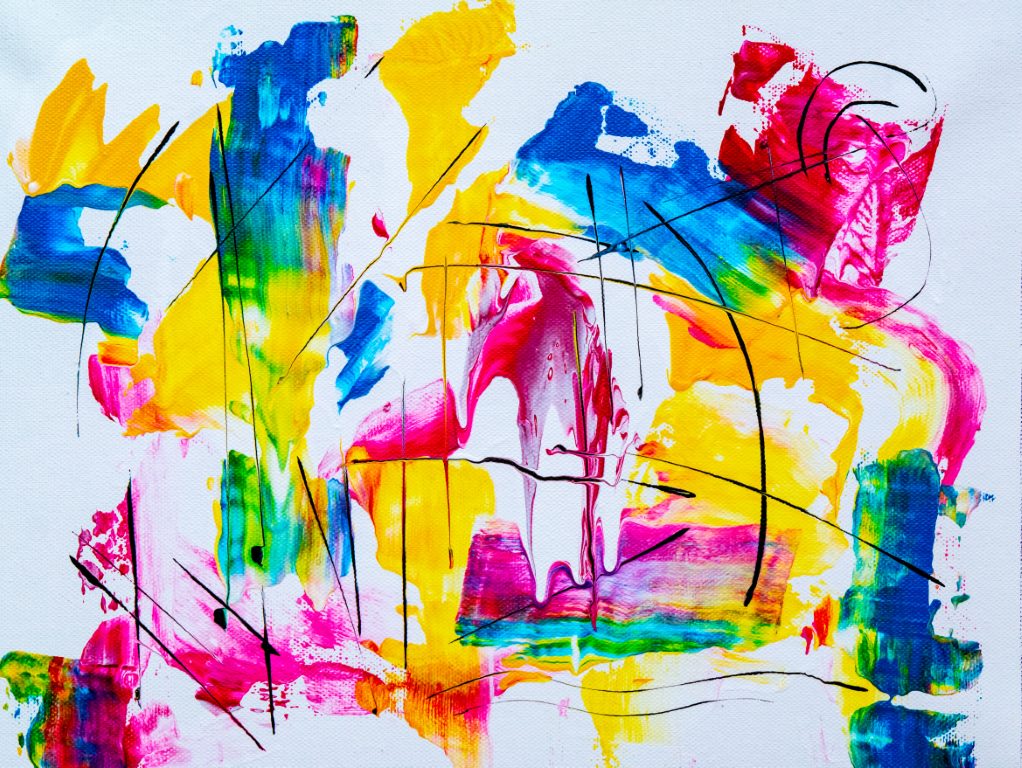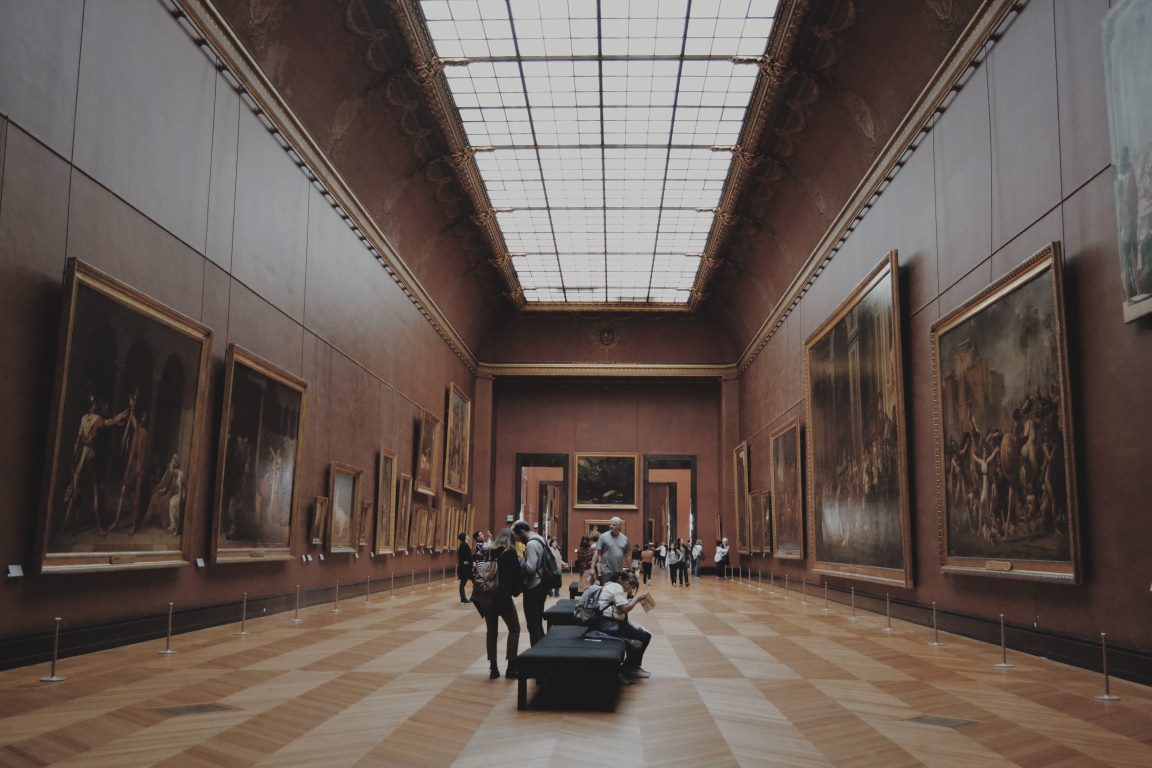How to Plan Your Bijambare Cave and Springs of River Bosna Tour in Sarajevo
If you’re planning a trip to Sarajevo and are a nature lover, you won’t want to miss the opportunity to explore the beauty of the Bijambare Cave and Springs of River Bosna. This natural park tour is the perfect way to experience two nature parks, hike in the forest, and explore inside caves. Here’s how to plan your Bijambare Cave and Springs of River Bosna tour in Sarajevo.Overview
The Bijambare Cave and Springs of River Bosna tour is a full-day nature park tour that takes you on a journey through the beauty of two natural parks in Sarajevo. On this tour, you will hike through the forest, explore inside caves, and enjoy diverse natural beauty. This intimate tour is capped at eight guests to provide a personalized experience. Easy hotel pickup and drop-off is included for your convenience, making it a hassle-free experience.What’s Included
The tour comes with a professional driver and licensed guide, entrance fees to the parks, and a fuel surcharge. You won’t have to worry about transportation, as you’ll have a comfortable ride throughout the tour. Your guide will keep you informed and engaged throughout the tour, enhancing your experience.Meeting and Pickup
You have two options for meeting your tour guide. You can head directly to the meeting point, which is located at Gazi Husrev-begova 75, Sarajevo 71000 Bosnia and Herzegovina. Alternatively, you can request pickup, which is free of charge if you’re located in the Old Town or Central Sarajevo. If your hotel is in the walking zone, your guide will arrange a meeting point with you in advance.Tour Itinerary
Here’s a rundown of what you can expect from your Bijambare Cave and Springs of River Bosna tour:09:00 AM – Departure from meeting point/hotel pickup
Your tour guide will pick you up from the meeting point or your hotel if you’ve requested pickup. Once everyone is on board, you’ll head off to your first location.10:00 AM – Arrival at Bijambare Cave
Your first stop will be at Bijambare Cave, a natural wonder that is home to six caves that you can explore. Guided tours are conducted inside the caves, allowing you to admire the impressive formations and learn about their history.11:30 AM – Departure from Bijambare Cave
After exploring the caves, you’ll head back to the vehicle and continue on to your next destination.12:00 PM – Arrival at Springs of River Bosna
Your second stop will be at the Springs of River Bosna, a beautiful park that features a series of springs and streams. You’ll enjoy a leisurely hike through the forest, taking in the stunning views.2:30 PM – Departure from Springs of River Bosna
After exploring the park, you’ll head back to the vehicle and begin your journey back to the meeting point or your hotel.3:30 PM – Arrival back at meeting point/hotel drop off
You’ll arrive back at the meeting point or your hotel, where your tour guide will bid you farewell.Final Thoughts
The Bijambare Cave and Springs of River Bosna tour is a wonderful way to experience the natural beauty of Sarajevo. With easy hotel pickup and drop-off, a professional guide and driver, and the opportunity to explore two nature parks, this tour is a must-do on your trip to Sarajevo. Book the tour here and get ready for an unforgettable experience.
Frequently Asked Questions About Sarajevo
Sarajevo is one of the most beautiful cities in Bosnia and Herzegovina. This city is located at the crossroads of Eastern and Western civilizations and has a rich and unique blend of cultures. If you’re planning a trip to Sarajevo, there are some things you should know before you go. Here are some frequently asked questions about Sarajevo:1. What is the best time of year to visit Sarajevo?
Sarajevo is a year-round destination, but the best time to visit depends on your preferences. If you’re looking for warm weather and outdoor activities, the summer months (June to August) are the best time to come. However, if you prefer cooler temperatures and fewer crowds, spring (April to May) and fall (September to October) are ideal. Note that winters in Sarajevo can be quite cold, with temperatures dipping below freezing.2. What are some must-see attractions in Sarajevo?
There are many attractions to see in Sarajevo, but some of the must-see sights include:- The Old Town (Baščaršija), a historic neighborhood with Ottoman-era architecture and bustling markets
- The Latin Bridge, the site where Archduke Franz Ferdinand was assassinated in 1914, sparking World War I
- The Yellow Fortress, a hilltop fortress with stunning views of the city
- The Sarajevo National Museum, which houses exhibitions on the city’s history and culture
- The Sebilj Fountain, a picturesque Ottoman-era fountain located in Baščaršija
3. What is the local currency in Sarajevo?
The local currency in Sarajevo is the convertible mark (KM). It’s advisable to exchange your currency at a bank or exchange bureau (called a mjenjačnica in Bosnian), as hotels and shops may offer unfavorable exchange rates. Credit cards are usually accepted at larger stores and restaurants, but it’s always a good idea to have some cash on hand for smaller expenses.4. What is the language spoken in Sarajevo?
The official language of Bosnia and Herzegovina is Bosnian, which is the most commonly spoken language in Sarajevo. However, many people in Sarajevo also speak English, especially those in the tourism industry. You may also hear Serbian or Croatian spoken, which are similar languages.5. Is Sarajevo a safe city to visit?
Sarajevo is generally a safe city to visit, but like any urban area, it’s important to take precautions. Petty crime, such as pickpocketing and theft, can occur in crowded areas like Baščaršija. It’s also a good idea to avoid demonstrations and political rallies, which can occasionally occur in the city. As with any destination, it’s a good idea to remain aware of your surroundings and to take note of any potential risks.6. What kind of food can I expect to find in Sarajevo?
Sarajevo has a rich culinary tradition influenced by Ottoman, Austro-Hungarian, and Yugoslavian cuisine. Some dishes to try while in the city include:- Cevapi, small grilled meat sausages served with bread and onions
- Burek, pastry dough filled with meat, cheese, or spinach
- Pita, a baked pastry with various fillings, including meat, cheese, or vegetables
- Bosanski Lonac, a stew made with meat and mixed vegetables
- Baklava, a sweet pastry made with layers of filo dough and honey syrup
7. How easy is it to get around Sarajevo?
Sarajevo has a public transportation system consisting of buses and trams. Tickets can be purchased at kiosks or directly from the driver. Taxis are also readily available and relatively inexpensive compared to other European capitals. Walking is also a popular option, especially in the historic Old Town area. Be aware that Sarajevo has hilly terrain, so comfortable walking shoes are recommended.8. What are some cultural customs to be aware of in Sarajevo?
Bosnian culture is diverse and has been influenced by many different traditions. Here are some customs to be aware of while visiting Sarajevo:- As a predominantly Muslim city, it is customary to dress modestly, especially when visiting mosques or other religious sites
- Bosnians typically greet each other with a handshake or a kiss on both cheeks
- It is common to remove your shoes when entering someone’s home
- Drinking coffee is a beloved cultural ritual in Bosnia, and it is customary to take time to enjoy it slowly and socialize while drinking
9. What are some day trips or excursions to take from Sarajevo?
Sarajevo is located in a picturesque valley surrounded by mountains, making it an ideal base for day trips and excursions. Some popular activities include:- Exploring the Olympic Mountains, located just outside Sarajevo and offering hiking and skiing opportunities
- Visiting the historic town of Mostar, famous for its UNESCO-listed Old Bridge and Ottoman-era architecture
- Driving or biking along the gorgeous Neretva River Canyon, which offers stunning natural scenery
- Visiting the Sutjeska National Park, which includes massive forests, rugged mountains, and a glacial lake
10. What is the nightlife like in Sarajevo?
Sarajevo has a lively nightlife scene, with numerous bars, cafes, and clubs open late into the night. Many bars and cafes are located in the historic Old Town, or Baščaršija, but there are also modern bars and clubs in other parts of the city. The atmosphere is relaxed and friendly, and it’s common to see locals and tourists mingling together.
How to Spend Your Time as a Tourist in Sarajevo
Sarajevo is the capital city of Bosnia and Herzegovina, a country in southeastern Europe. It is a vibrant city that has a lot to offer to tourists who are interested in culture, history, nature, and entertainment. In this guide, we will provide you with a detailed plan on how to spend your time as a tourist in Sarajevo.Day 1: Discovering the Old Town
Start your journey with a morning stroll through the old town, also known as Baščaršija. This is the historical and cultural center of Sarajevo where you can see the blend of Ottoman and Austro-Hungarian architecture. Some of the must-visit places in Baščaršija include:1. Sebilj Fountain
The Sebilj Fountain is one of the most iconic symbols of Sarajevo. It is located in the heart of Baščaršija and was built in the 18th century. The fountain is surrounded by cafes and shops, and it’s a great place to relax and enjoy the view of the old town.2. Gazi Husrev-beg Mosque
The Gazi Husrev-beg Mosque is the largest and the most important mosque in Sarajevo. It was built in the 16th century and has a stunning architectural style that reflects the Ottoman influence. It’s open to visitors, and you can learn more about the Islamic culture and traditions.3. Latin Bridge
The Latin Bridge is famous for being the place where Archduke Franz Ferdinand of Austria was assassinated in 1914, which eventually led to the start of World War I. It’s a beautiful historic bridge that crosses the river Miljacka, and it’s a great spot for taking photos.Day 2: Exploring the Cultural Sights
On your second day in Sarajevo, we recommend exploring the cultural sights of the city, where you can learn more about the history and traditions of Bosnia and Herzegovina. Here are some of the top destinations:1. Sarajevo City Hall
The Sarajevo City Hall is one of the most beautiful buildings in the city. It was built in the Austro-Hungarian architectural style and was recently restored after being destroyed during the war in the 1990s. You can take a guided tour and learn about the history of the building and its importance.2. National Museum of Bosnia and Herzegovina
The National Museum of Bosnia and Herzegovina is a must-visit place for history buffs. It has a rich collection of artifacts and exhibits that showcase the history of Bosnia and Herzegovina, from prehistoric times to the present day.3. Svrzo House
The Svrzo House is a traditional Bosnian house that dates back to the 18th century. It’s a great place to learn about the way of life of the Bosnian people and their traditions. You can take a guided tour and see the interior design and the unique features of the house.Day 3: Experiencing the Nature of Sarajevo
Sarajevo is surrounded by mountains and offers breathtaking views of the natural beauty of Bosnia and Herzegovina. On your third day, we recommend exploring the nature and outdoor activities that Sarajevo has to offer.1. Vrelo Bosne
Vrelo Bosne is a natural park with a river and numerous waterfalls located at the foot of Mount Igman. It’s a great place for a picnic or a relaxing walk in nature. You can rent a bike or a horse carriage and explore the park in a unique way.2. Trebević Mountain
Trebević Mountain is a popular spot for outdoor activities such as hiking, cross-country skiing, and mountain biking. It has stunning views of the city and offers a great escape from the hustle and bustle of the city.3. Bijambare Cave
Bijambare Cave is a unique natural wonder located near Sarajevo. It’s a network of caves with stunning rock formations and underground rivers. You can take a guided tour and learn about the geology and history of the cave.Book Your Tour Now
Sarajevo is a city that has a lot to offer to tourists who are interested in culture, history, nature, and entertainment. You can spend your time exploring the old town, cultural sights, and nature, and have a unique experience. We hope this guide has been helpful, and we wish you a pleasant stay in Sarajevo.Table of Contents

